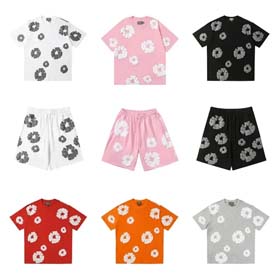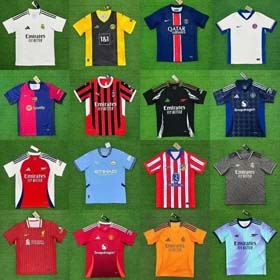Visualizing Taobao Sales Data in Spreadsheets for Trend Analysis
With e-commerce platforms like Taobao generating massive amounts of transaction data, sellers can leverage spreadsheet tools to transform raw sales figures into actionable insights. This article demonstrates how to analyze Taobao sales performance through data visualization techniques in spreadsheet applications.
1. Data Preparation and Organization
Begin by compiling structured datasets
2. Essential Visualization Tools
Pivot Tables for Sales Analysis
Use pivot tables to:
- Categorize products by TOP performers
- Compare revenue across time periods
- Correlate promotional activities with sales spikes
Trend Tracking with Charts
- Line graphs:
- Stacked bar charts:
- Scatter plots:
- Stacked bar charts:
3. Implementing Predictive Analysis
Apply spreadsheet forecasting functions (FORECAST.ETS
Sample Findings from Visual Analysis
A/B testing might reveal that electronics with 4.8-4.9 star ratings37% more conversions
Optimizing Merchant Strategy
Through systematic spreadsheet analysis (+r complement automation with macros), Taobao sellers can:
- Phase out underperforming SKUs selecting meaningful KPIs)
- Allocate budgets where customer acquisition costs volume curves intersect
- Time flash sales monitoring um knowreview velocity metrics
The key isn't merely having data but transforming columns those he numbers into tactical merchandising decisions.
Note: Always clean data with TRIM()REMOVE DUPLICATES



















